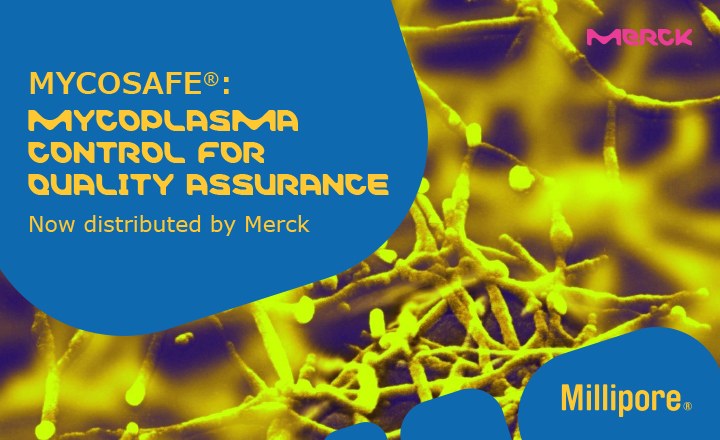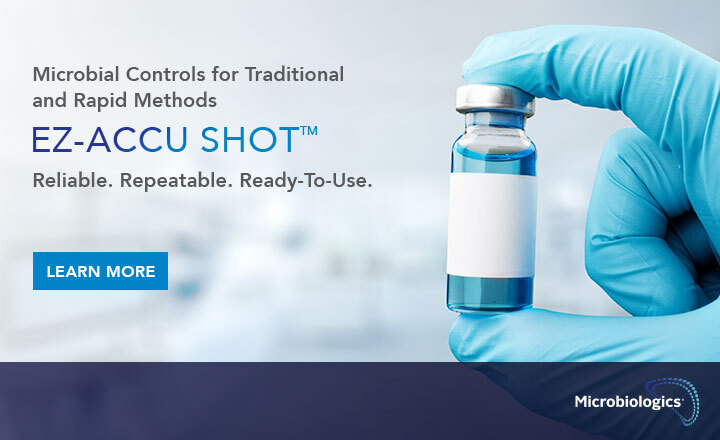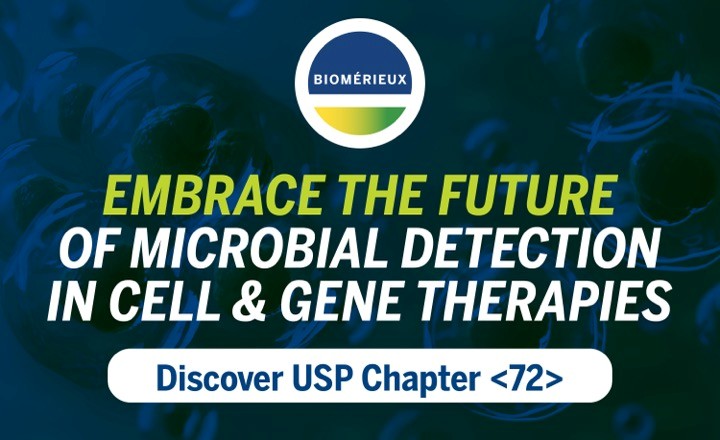Leading rapid microbiology method (RMM) consultant Dr Michael J Miller recently gave a seminar on the implementation and validation of RMMs in Dublin, Ireland. Dr Miller took time to talk to rapidmicrobiology.com about his role as an RMM consultant; why Advanced Therapy Medicinal Products (ATMPs) may be the driving force for this technology and how real-time rapid methods are allowing us to improve our GMP decisions.
Q. What’s the role of a consultant in validating rapid micro methods?
A. What I’ve found is that there are a lot of companies that would like to go down the path of implementing and validating rapid methods. Still, unfortunately due to limited resources within those companies, they don’t have the experience or they don’t understand the validation expectations or the regulatory expectations that go into making an implementation strategy happen. So companies have turned to consultants who have spent considerable time working in this space to help them develop the strategies for identifying the right technology for putting a validation plan together, for putting a regulatory strategy together; where they can discuss their plans with the relevant authority and ultimately executing the plan. As a consultant, I’ve also reviewed the test data and written the final validation reports to bring everything together. So that makes use of appropriate resources on all sides when a consultant comes in.
Q. Can you give me an example of why someone would hire a consultant such as yourself?
A. We talk about the ATMP space (Advanced Therapy Medicinal Products), most of these companies are not big pharma companies, they are start-up companies with a small number of resources, there may be a microbiologist involved but no-one who has had any experience in the rapid method area and for that reason not only are they looking at contract manufacturers and maybe some consultants on the regulatory side but they need consultants on the microbiology side.
Anyone can read the regulations or read the compendial chapter and have a third party conduct a certain type of sterility test for ATMPs, but here’s the thing.… if you get a result that’s not in line with what the expectations are, you need a microbiologist to investigate the reason why that happened and to put the controls in place to prevent it happening again in the future. That really is the major role of a microbiologist in the pharmaceutical industry. I think we’ve gotten to the point as an industry when to just have individuals who only follow procedures and directions without actually thinking about what they are doing, that’s what gets companies in trouble. So when things like this happen we need trained microbiologists to look at the data, to understand what’s happening and to forge a path forward and hope to address those issues in order to get back to business. Companies that don’t have formally trained microbiologists have no choice but to turn to the outside and look to consultants to bring that expertise into their projects.
Q. Are some of the technologies easier to validate than others?A. There may be easier validation strategies depending on the type of rapid method to be used. There are some automated methods that are considered to be extensions of the compendial method by just using different technology to read the same signal like a colony forming unit (CFU), in that case it may be justifiable to reduce the amount of validation work you would have to do as compared with another type of rapid method that may not be considered an automated compendial method or one that provides a signal that might be different than the CFU. It depends on the technology and the application to determine whether one validation program might be easier than others.
Q. Will growth in personalized medicines, like ATMPs, be the driver that finally moves RMM into routine use?
A. Absolutely, the industry has changed. The manner in which we are treating our patients has changed significantly and many ATMPs not only have a short shelf life where rapid methods are required in order to get safe product administered to the patient in a timely manner. But also we have to think differently about the amount of material we have available to us for testing purposes. In terms of ATMPs, these are not conventional pharmaceuticals where we have hundreds and thousands of vials or cartridges or syringes; we can end up with a single vial with a small volume of a therapeutic dose that we have to think differently in terms of the way we are testing. The regulatory agency in both the US and the EU have changed policy in order to accommodate, not only the short shelf-life products and the need for rapid tests, but also the amount of material that is allowed to be tested and still come to the conclusion that we have a safe product that is going back to the patient.
Q. Do you think increased volume of RMMs will result in reduced cost per test or reduced capital costs?
A. I’m not sure, that’s a good question for the suppliers, and obviously, the suppliers have put some considerable revenue into developing these types of methods, and they do want to get their own return. I think the cost savings in rapid methods may be in the volume of tests someone may use. They may realise the discount in consumable costs, if they buy a good number of instruments that they need in a particular facility, there is an opportunity there as well, but this is a question for the suppliers.
Q. Have you seen the introduction of rapid methods result in improved lab workflow?
A. I have. There are several RMMs that offer high-throughput processing and automation where a larger number of samples can be processed within a given time-period. In one shift, for example, you can have a reduction in resources or even headcount to perform the same type of testing using conventional methods.
Q. Could a RMM’s increase in sensitivity be a factor in the slow adoption of RMMs by some companies? ?
A. Initially, I would say there are more sensitive rapid methods than the conventional methods that are being used. What that means is that there is the potential for some of these methods, especially those that don’t rely on the growth of organisms, to be able to detect, as well as quantitate organisms that might not readily grow on conventional media. These would include viable but non-culturable (VBNC), stressed organisms that are in a dormant state or those that just need a bit more time to come out of lag phase in order to be detected using the conventional methods. For companies or individuals to be scared about the prospect of seeing things that they hadn’t seen in the past, is one of the misconceptions about rapid methods because if a process is well controlled to begin with, I would not expect a more sensitive assay to see orders of magnitude of microorganisms to show up in these rapid methods that were not found in a conventional method. Something like that does not routinely happen! We need to be sure we understand that. So on the other side, is it possible you can recover more organisms? The answer is yes and even in those cases, in a well-controlled manufacturing environment even with an increase in samples I would not expect you to exceed the established specifications and the compendial monographs or even the established alert or action levels, and this would be the same for sterility testing. If the process has been developed to produce a sterile product using the more sensitive assay, you should not pick up anything else because the process has been appropriately designed not to have microorganisms in the finished product.
Q. What are the advantages of real-time or near real-time rapid methods?
A. There are real-time or near real-time rapid methods, most of those are not based on the growth of microorganisms. To employ those in a process we have an opportunity to release product to patients that really need them much faster, for example than a traditional 14-day sterility test. We could also have real-time rapid methods that can be used to confirm the contamination control strategy is working in sterile manufacturing environments while manufacturing is actually occurring. It is in these instances where if we start to see an increase in counts, i.e. loss of contamination control, then in real-time we can make GMP decisions on what to do with the existing batch, the exposed product at the time, what’s already been filled and what’s yet to be filled into the system. So these real-time rapid methods are now allowing us to operate in a true process analytical technology environment. We are taking analytical measurements during manufacturing and making GMP decisions based on those real-time results.
Dr Michael Miller recently presented the Pharmig seminar on Rapid Microbiological Methods: Accepted. Validated. Approved. Implemented, Birmingham
About Dr. Michael J. Miller:
Michael is an internationally recognized microbiologist and subject matter expert in pharmaceutical, biotech and medical device microbiology and the design, validation and implementation of rapid microbiological methods (RMM). He is currently the President of Microbiology Consultants, LLC and owner of rapidmicromethods.com, a website dedicated to the advancement of rapid methods.


















